There have been many attempts to make the diesel engine more efficient and powerful. So, a few inventions have been as productive as the common rail injection. But what is a common rail turbo diesel? You need to look at how it revolutionized the auto industry, especially diesel technology, released in the 90s.
The common rail’ fuel efficiency and cost-effectiveness made it a popular innovation that vastly improved the general perception of diesel motors. Prior to the common rail system, people knew diesel motors as the less eco-friendly and louder option.
In the article, we will delve into the design and use case of the common rail, the way it works, and how to make it more productive.
What Is a Common Rail Turbo Diesel?
The engine is a complex mechanism that needs all of its components to function properly in order to fulfill its potential for producing power for the vehicle. Like all other important parts, the common rail is crucial for the engine's smooth running.
So, what is a common rail turbo diesel? It is an engine component that controls the amount of fuel delivery to all parts of the engine, as getting the correct amount of fuel is vital for its proper functioning.
If the engine receives too much fuel, the surplus of fuel and, consequently, the lack of air in the combustion chamber leads to a condition called “rich mixture." This can reduce fuel efficiency and damage vital components of the engine.
In contrast, if there’s too little fuel in the engine, it leads to a “lean mixture,” which manifests through decreased power, increased emissions, and ultimately it leads to damage and failure of the engine.

Source: shutterstock.com / Photo Contributor: algre
Uncover the benefits of a common rail turbo diesel engine and explore our turbocharger collection for an optimized driving experience.
What Does the Common Rail Turbo Diesel Do?
The common rail fuel injection system works by delivering fuel to the cylinders. It pressurizes the fuel to break it into very small droplets that take up a large surface area together. This process allows the fuel and air to mix in the combustion chamber and achieve better combustion.
One way to learn the common rail’s impact on the diesel engine is to observe the fuel’s pathway from the gas tank to its conversion to energy and exhaust gasses. Once the engine is running, the fuel pump draws fuel from the tank and pressurizes it to transform it into a misty form. After that, it sends it to the common rail.
The common rail is basically a reservoir for that pressurized fuel. It is like a pipe and runs along the engine to connect to each fuel injector. The pressurized fuel is then fed into the cylinders, where it mixes with compressed air to trigger a reaction, i.e., combustion.
This reaction works the pistons that create mechanical power, ultimately moving the car's wheels. The car is moving, and the exhaust system is removing the resulting gasses.
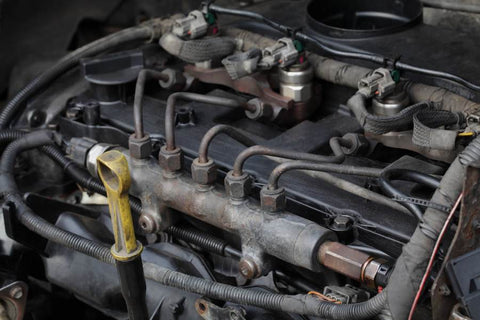
Source: shutterstock.com / Photo Contributor: sima
Common Rail Components
For the combustion process to be effective, all components of the common rail have to do their part. So, what is a common rail turbo diesel made up of?
Here are the parts:
- Fuel pump
- Rail
- Injectors
- Control unit
Fuel pump
The fuel pump is what starts the process of the diesel fuel transformation into a highly combustible substance. Its function is relatively basic as it merely takes the fuel from the gas tank and delivers it into the rail under a certain amount of pressure.
In many cars, the fuel pump is inside the tank. The practical reason behind this is that the fuel will act both as a coolant and a lubricant for the pump. It also helps decrease the amount of noise that the whole combustion process creates.
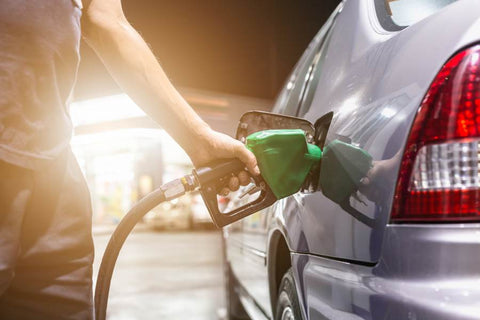
Source: shutterstock.com / Photo Contributor: Grab it
Rail
The rail stores the fuel before it’s unleashed into the cylinders. It’s located along the intake manifold, where it’s close to the injectors. The rail maintains the high pressure of the fuel and times the fuel injection.
It’s usually made from durable materials like stainless steel as it needs to be able to withstand the pressure of between 1000 and 2000 bar.
Injectors
The injectors play a key role in transporting the fuel from the rail into the cylinders. Their location is close to the cylinders' intake valves for quick and easier fuel delivery.
The injectors have an electromagnetic valve called a solenoid which regulates the opening and closing of the nozzle through which the fuel flows into the cylinders. The nozzle helps manage the atomization process by having a tiny opening that releases the fuel under high pressure.
Control unit
The common rail’s control unit works with the engine's ECU regulating the fuel injectors. By reading data from the ECU, it determines when to open the valves and how long they should be spraying fuel into the cylinders.
The control unit has to be in sync with the engine’s operating conditions, like speed, air temperature, oxygen content in the exhaust gas, and coolant temperature. It also receives data on the pressure inside the rail. Moreover, it helps regulate the pressure by controlling the speed at which the fuel pump releases the fuel.
The control unit also tells when there’s a malfunction in any of the common rail components.
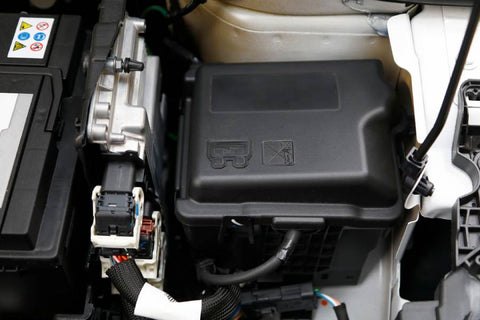
Source: shutterstock.com / Photo Contributor: otomobil
Issues With the Common Rail
A high-functioning common rail is imperative for quality combustion and all the benefits it provides, like enhanced performance and improved fuel efficiency.
Moreover, the common rail helps reduce noise and emissions, helping the diesel vehicle adhere to environmental standards.
It’s important to perform regular maintenance to identify or prevent some of the problems from occurring.
Here are some issues that commonly arise with this engine component and how to recognize them:
Injector issues
Dirt, water, and sediment can accumulate over time and clog the nozzles of the injectors. This inevitably leads to inconsistent fuel flow, which results in poor combustion.
Considering how highly pressurized fuel regularly passes through the nozzles, it’s only logical that they’re also susceptible to wear. This causes them to leak and disrupt the engine’s smooth running.
It is tricky to identify these problems because many other malfunctions may provide similar symptoms, like reduced performance, bad acceleration, and worsened fuel economy.
Still, if you have a misfiring engine with odor, you can suspect injector issues with your diesel.
Pump failure
If your engine’s fuel pump has seen enough mileage, which is anywhere between 100.000 and 200.000 miles, it can begin to experience serious wear. If you sense your engine working at reduced capacity or shutting down unexpectedly, it may be a defect with the pump that needs addressing.
Low fuel quality is among the top reasons leading to pump failure. Use high-quality fuel to prevent unnecessary damage to your engine. Another reason for pump malfunctions may be the contaminated fuel, which can result from a clogged fuel filter.
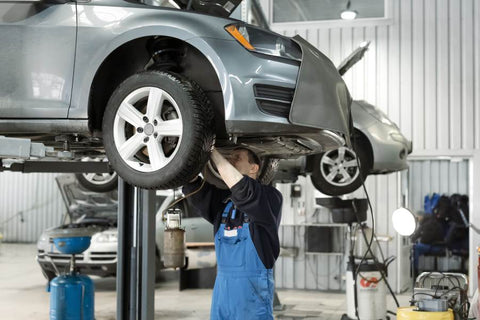
Source: shutterstock.com / Photo Contributor: smishura
ICU malfunction
A malfunctioning injector control unit will affect the car’s timing, leading to decreased performance and bad fuel economy. To determine the damaged ICU, you can inspect it visually and perform a diagnostic scan using a scanner.
The malfunctions of various sensors can distort the information that the ICU receives and give the wrong directions to the pump and injectors. For example, the pressure sensors in the rail can fail, and the amount of fuel injected into the cylinders can be too high or too low.
Clogged fuel filter
The fuel filter prevents contaminants from reaching the fuel system, especially injectors and pumps, as dirt and debris can cause significant damage to them. The fuel filter is not a part of the common rail, but the fuel passes through it from the tank to the pump.
A clogged fuel filter will restrict the fuel flow, resulting in a fuel pressure drop. This will prompt the pump to work harder to distribute enough fuel, and it can cause it to wear prematurely.
A clogged filter may be the reason for problems with starting the car and sudden drops in fuel efficiency. Since the common rail system is highly dependent on the filter's functionality, it’s essential to perform regular maintenance for cleaning or replacing this component.
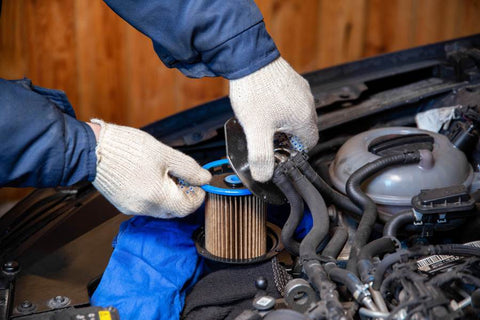
Source: shutterstock.com / Photo Contributor: HenadziPechan
Summary
What is a common rail turbo diesel? The common rail is a key component that is crucial to how diesel engines operate. The common rail’s work begins with the fuel pump that takes the fuel from the tank and distributes it to the rail under high pressure. From there, it is sprayed into the cylinders using injectors, causing a reaction with the air.
Atomization is the process of transforming the fuel liquid into tiny particles that occupy a larger volume, and it easily creates the fuel-air mixture within the combustion chamber.
Knowing what a common rail turbo diesel is and how it functions allows you to read various signs and symptoms for occasional defects or component failures.



